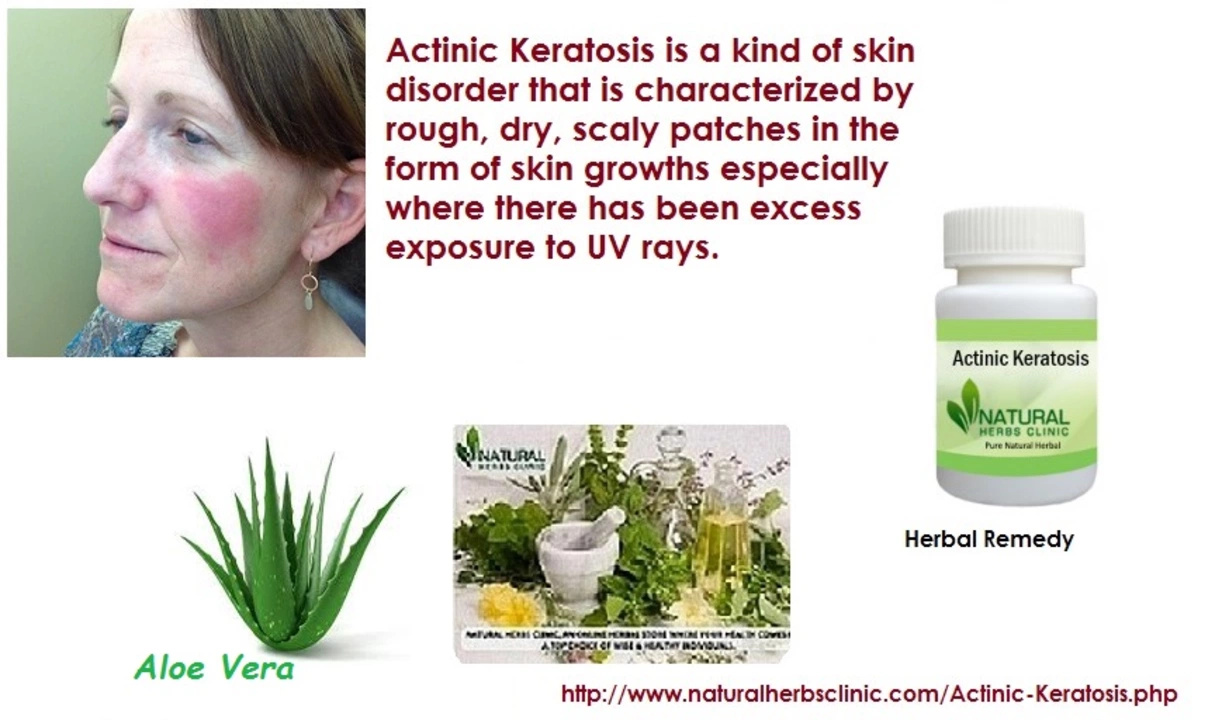Understanding Actinic Keratosis: A Common Skin Concern
If you've spent a lot of time in the sun, chances are you've heard about actinic keratosis. But what exactly is it? Actinic keratosis (AK) shows up as rough, scaly patches on the skin. These patches result from too much sun exposure over the years. While AK isn't cancer, it's considered precancerous, meaning it can turn into skin cancer if left untreated. Catching and treating actinic keratosis early talks a big role in preventing more serious skin issues.
You usually see AK on areas most exposed to the sun—like your face, ears, neck, and hands. The spots often feel dry or rough, almost like sandpaper. They might be pink, red, or brown, and sometimes they itch or sting. Because they can resemble other skin problems, it’s best to get a professional check-up for any suspicious patches.
Why Actinic Keratosis Matters and Who's At Risk
People with fair skin, light-colored eyes, or a history of heavy sun exposure face a higher risk of developing actinic keratosis. If you tan poorly or have a lot of freckles and moles, be especially careful. Using tanning beds or spending hours outside without sun protection adds to the danger. Remember, AK spots may look harmless, but ignoring them can lead to squamous cell carcinoma—a common type of skin cancer.
Simple Ways to Spot and Treat Actinic Keratosis
When you notice rough patches forming on your skin, don’t brush them off as dry skin. Regularly check your skin for new or changing spots and get them evaluated if anything looks off. Dermatologists can diagnose AK with a quick skin exam and sometimes a small biopsy. Treatment is straightforward and varies depending on how many patches you have and their size.
Common treatments include freezing the spots with liquid nitrogen (cryotherapy), applying prescription creams that peel away damaged cells, or minor procedures to remove tougher lesions. Protecting your skin by using sunscreen daily, wearing hats, and avoiding peak sun hours will help prevent new spots from forming. Acting early means safer skin and better peace of mind.
In short, actinic keratosis isn’t something to ignore. Spotting it early and following through with treatment keeps your skin healthier and lowers cancer risks. If you’ve spent plenty of time outdoors or notice rough patches, book a skin check soon—it’s a simple step that can make a huge difference.

The Link between Actinic Keratosis and Environmental Factors
As a blogger, I've come across some interesting research regarding the link between actinic keratosis and environmental factors. It turns out that prolonged exposure to sunlight and ultraviolet radiation is the primary cause of actinic keratosis, a precancerous skin condition. Moreover, living in regions with high sun exposure or having fair skin increases the risk of developing this condition. To protect ourselves, it's essential to wear sunscreen and limit our time in the sun. Keep an eye on any skin changes and consult a dermatologist if you notice any suspicious spots.
Continue Reading



